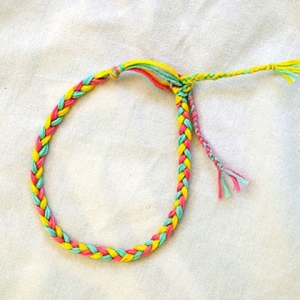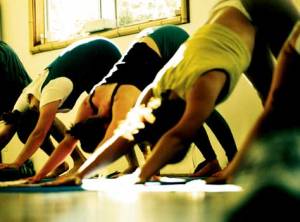It’s estimated that 26% of children in the U.S. experience some kind of traumatic event before the age of 4. Every year, more than five million children experience some extreme traumatic event. Traumatic events can include natural disasters, motor vehicle accidents, life threatening illness, physical abuse, sexual assault, witnessing domestic or community violence, kidnapping or death of a parent or loved one. Trauma can seriously impact our kids during their younger years and can cause severe health impacts later in life. In the classroom, children can display traumatic stress through aggression, anxiety, defiance, perfectionism, and withdrawal. And here’s the biggie, signs of trauma often times look very similar to ADD, ADHD, OD & CD.
Trauma affects the whole child: the mind, body, and spirit. The impact of trauma on the brain significantly effects children, their learning, and their ability to form relationships with others. Our brains are developed to help us respond to threat. We often times hear this referred to as the “flight or fight response.” When we are confronted with a dangerous or potentially dangerous situation, our brain goes on alert and prepares the body to respond. The brain does this by increasing the adrenaline in our system. When the threat is no longer there, our brain releases other chemicals such as cortisol to reduce the adrenaline in our bodies. This helps us to relax and to quiet down. We no longer need to fight or run, so our body adjusts accordingly. This is a normal, healthy reaction for many humans, but not for all.
In some situations where fighting or running is not possible, our brain may help us to freeze. In these situations our breathing may slow down and chemicals such as endorphins are released that help us to be very still or even to go numb, and therefore feel less pain. When a child is traumatized by extreme or repeated events of abuse (for example), chemical reactions in the body and brain can be switched on as if they have never been switched off. The brains of these children are often in a state of fear. This state of “fear activation” leads to changes in emotional, behavioral and cognitive functioning because the brain is tricked into survival mode. A major negative outcome of this is that a traumatized child can constantly be in this state of fear. As a result, this can cause things such as hypervigilance, a focus on threat-related cues (non-verbal included), anxiety and behavioral impulsivity.
With this in mind, it is not surprising that some traumatized children really struggle controlling their anger and impulses, and maintaining their attention and connection in the classroom. It does not come easy for these children to regulate strong emotions and instead, they jump right to a reaction, with no time to think. While often times we see this through aggressive behaviors, children may also react by disengaging or dissociating. Both are adaptive human responses to traumatic experiences.
So what can we do in our schools, and in our communities to help our children who have been victims of trauma? Here are only some of the approaches you can help integrate into your school to effectively meet the needs and reach out to this, unfortunately, vastly growing population of kiddo’s.
- Teach coping skills (mindfulness techniques, journaling, how to ask for a break when needed, deep breathing, relaxation, etc.). Check out the “Mindfulness” section of this blog to see various resources and activities you can utilize at your school.
- Teach self regulation skills.
- Inform and educate other teachers, school staff, administrators and families on the impacts of trauma
- Give children choices! Often traumatic events involve loss of control. You can help children feel safe by providing them with some choices or control when appropriate.
- Provide these children with EXTRA support and encouragement.
- Once again, educate others on trauma! Educate, educate, educate! Advocate, advocate, advocate! Recognize that behavioral problems may be related to trauma. Keep in mind that even the most disruptive behaviors can be driven by trauma-related anxiety.
- Be sensitive to cues in the environment that may cause a reaction for a traumatized child.
- Provide a safe space for the child to talk about the traumatic event or provide additional resources in the community for the child’s family.
- While a traumatized child might not be eligible for special education, consider accommodations and modifications for the child to support academic success.
Helpful Websites:










